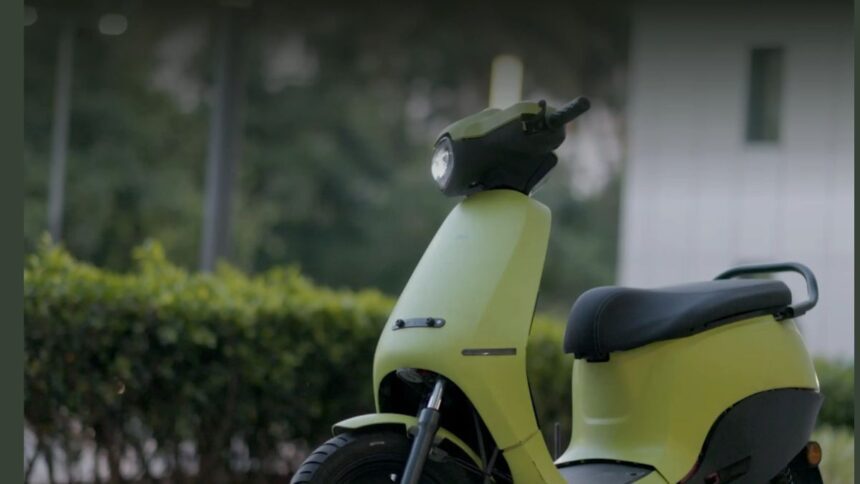Ola Electric, the Indian electric scooter manufacturer, faced a decline in sales in September 2024, marking its lowest monthly sales for the year. The company, backed by SoftBank, is struggling to maintain its market share amidst increasing competition from rivals, service network issues, and a shrinking market share.
In September, Ola Electric sold 23,965 vehicles, which represents a second consecutive month of declining sales. The company’s market share has fallen from over 50 per cent in April to just 27 per cent in September, as per government data. This decline is a result of stiff competition from smaller competitors like TVS Motor and Bajaj Auto, who have been gaining significant market share in recent months.
TVS Motor and Bajaj Auto have reported consecutive increases in market share during the same period, narrowing the gap with Ola Electric. TVS has seen market share gains for five straight months, while Bajaj has recorded gains for three consecutive months.
One of the main reasons for Ola’s diminishing lead is its competitors launching new models with competitive pricing and expanding their service networks. Bajaj, for instance, has expanded its dealership network for Chetak e-scooters from 100 to over 500 in the past year, while Ola has only seen minimal growth in its dealership network, with numbers rising from 750 to just 800.
Service-related issues have also impacted Ola’s market position, highlighted by an incident where a dissatisfied customer set fire to an Ola showroom in Karnataka. Analysts, including those from HSBC, have emphasized the importance of improving Ola’s service network to maintain its market position.
Despite its aggressive pricing strategy, Ola Electric has yet to achieve profitability. With sales slowing down and competitors strengthening their positions, the company faces challenges in both financial sustainability and competitive landscape.










